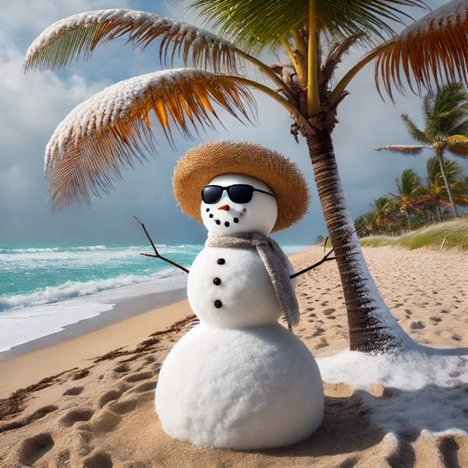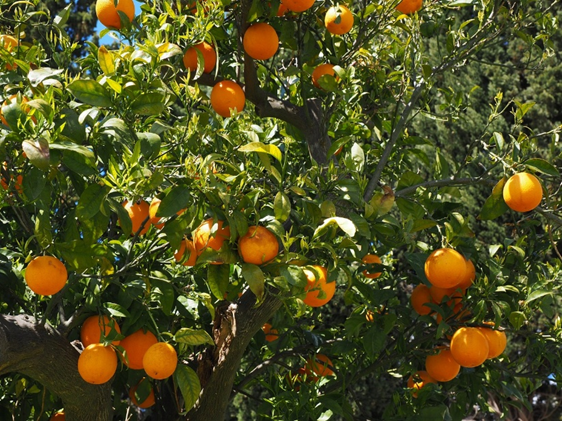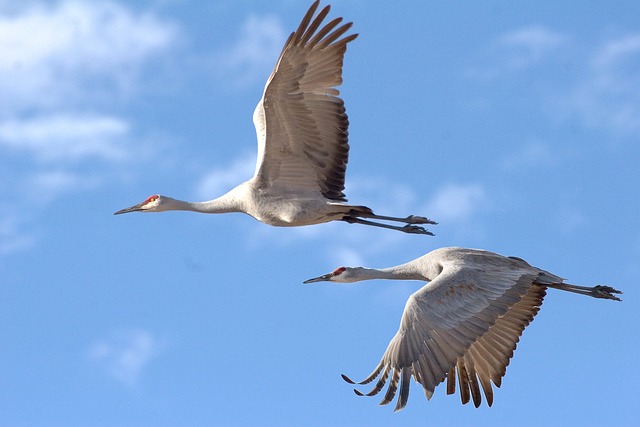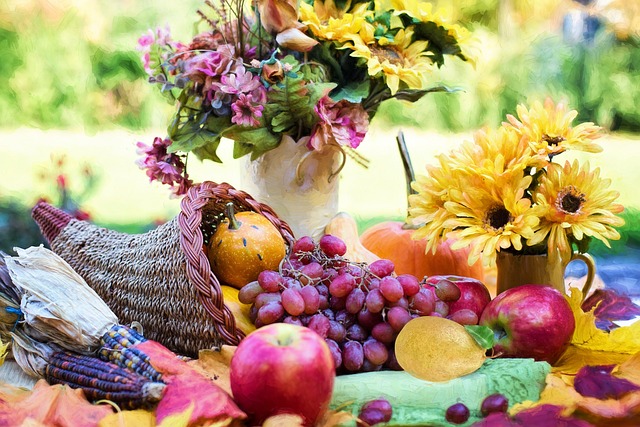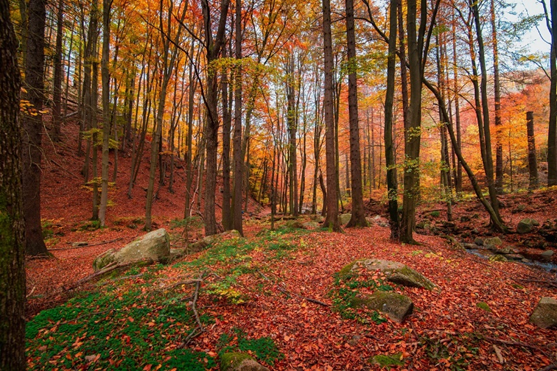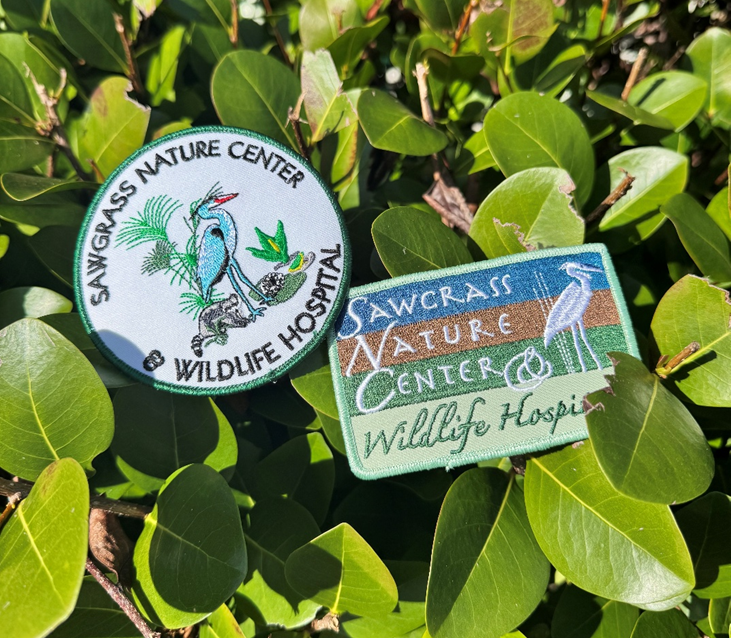
This year, the Sawgrass Nature Center and Wildlife Hospital (SNC) celebrates an incredible milestone—30 years of wildlife rehabilitation, education, and community engagement! Founded in 1995 by Joan Kohl, SNC began as a humble effort in her home, driven by a passion for wildlife and environmental education. In 2006, the center found its permanent home on Sportsplex Drive in Coral Springs, FL, where it has continued to thrive. Over the past three decades, the SNC has provided care for thousands of sick, injured, and orphaned native Florida wildlife, nursing them back to health and releasing them into their natural habitats.
But the SNC is more than a wildlife hospital. It is a vibrant hub for environmental education and conservation advocacy. Through a variety of hands-on learning opportunities, including Camp Wild and educational programs like Meet Your Wildlife Friends, Bird Adaptations, and Everglades Communities—SNC has inspired generations of young minds, fostering a love for nature that lasts a lifetime.
One of the most heartwarming aspects of SNC’s history is its community of dedicated volunteers, many of whom walked through its doors as young campers and later returned to give back. Owen Prager recalls their first experience at SNC:
“My first experiences with the Sawgrass Nature Center were as a Camp Wild camper in 2017! I still remember how fun and exciting Camp Wild was for me, a young child with very few friends and a HUGE interest in nature and animals. I memorized creature names, traced out the best paths for bug hunting, and made friends—with people and animals alike!”
As Owen grew, they moved into both Counselor-in-Training (CIT) and volunteer positions, helping to guide new generations of campers. Today, they still visit SNC to reconnect with the place that shaped their love for wildlife and conservation. Roksanna Keyvan’s journey with SNC started even earlier:
“I stepped through the screen door, sunscreen still sticky on my skin, clutching a Barbie lunchbox and backpack, brimming with excitement for the outdoor adventures ahead. Within moments, bug box in hand and curiosity guiding me, I found myself surrounded by human, furry, feathered, and scaly friends—and I never looked back.”
From a five-year-old camper to a Head Counselor and Environmental Outreach Intern, Roksanna’s time at SNC shaped her aspirations. Today, she is an environmental litigator-in-the-making, advocating for sustainability and justice through constitutional law and public service. Recognized as a Yale Conservation Scholar, she credits SNC as the place where it all began:
“Watching generations of young people cultivate a love for nature and a commitment to conservation has been one of the greatest gifts of my life.”
As we celebrate 30 years of impact, we reflect on the countless lives—both human and animal—that have been transformed by the work of the Sawgrass Nature Center and Wildlife Hospital. From the tireless staff and volunteers to the passionate campers and visitors, SNC continues to be a place where curiosity flourishes, wildlife is protected, and a love for nature is nurtured. Here’s to many more years of conservation, education, and community! Happy 30th Anniversary, SNC!
